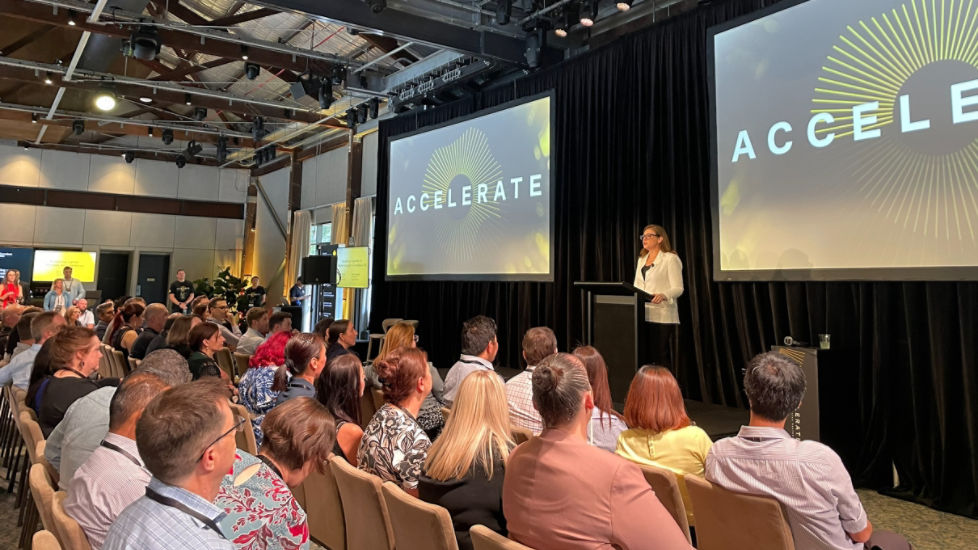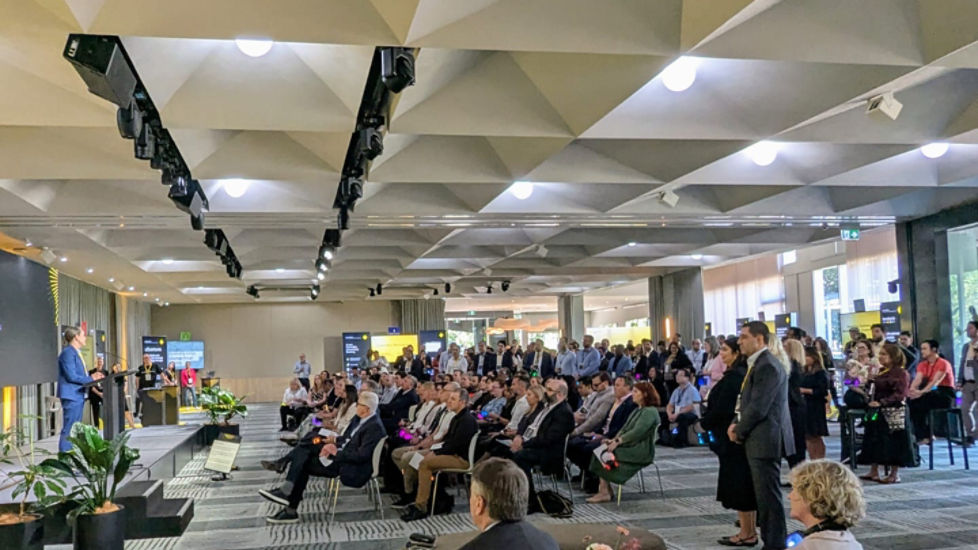Aussie wallets have tightened
Households are being cautious with how they spend their money, using online shopping to manage costs and shop strategically for affordable items. In fact, despite the record spending, pressure on household budgets saw the average basket size drop to $95, down 2.1% from last year, and the lowest in a decade, the report reveals.
The average basket size for each generation peaked during the pandemic. Gen Zs, Millennials and Gen Xs had lower average basket sizes in 2024 than in 2019, while those of Baby Boomers and Builders increased.
“Through the course of 2024, consumers were seeking the cheapest price, so they were shopping around a lot more than they were a few years ago,” says Belinda Allen, Senior Economist, CommBank.
“Younger age groups adopted more savvy spending: they looked at online marketplaces and discount department stores and shopped around for discounts. But people over 60 weren’t as exposed to the cost-of-living pressures, so they were generally raising spending across the board.”
Online spending by Baby Boomers and the Builders generation – born between 1925 and 1945 – each rose by around 20%, to $10.1 billion and $2.7 billion respectively, the Australia Post report reveals. Despite the rises, Millennials and Gen X remained the biggest-spending generations, spending $24.9 billion and $19.2 billion respectively.
And spending also diverged by region. Perth, Adelaide, Brisbane and regional areas around the country raised spending. Meanwhile, in Sydney, Melbourne and Canberra, higher household debt, higher home prices and a greater sensitivity around higher interest rates really reined in spending.
“Through the course of 2024, consumers were seeking the cheapest price, so they were shopping around a lot more than they were a few years ago.”
– Belinda Allen, Senior Economist, CommBank






